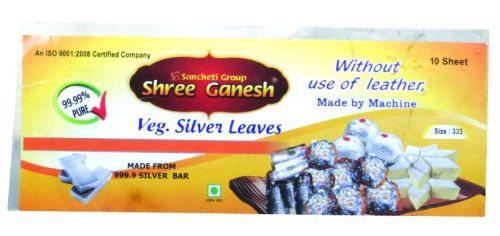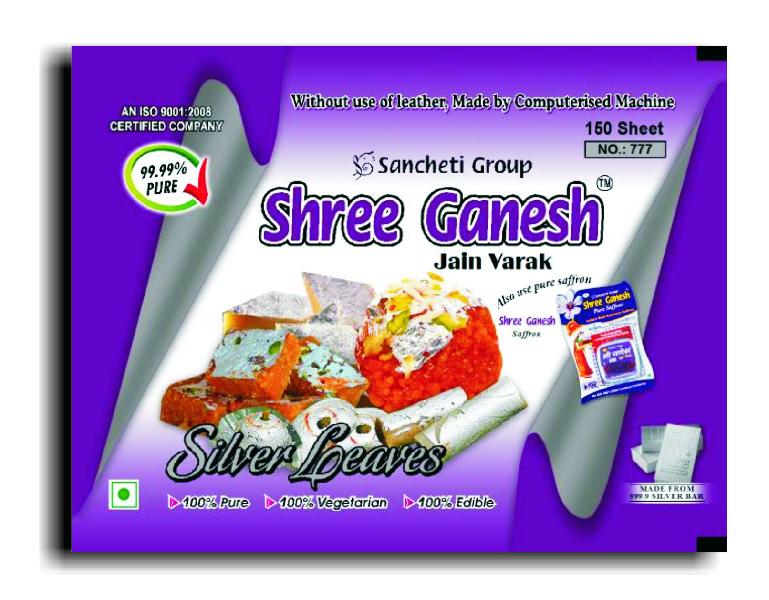




Company Information
Ask for more detail from the seller
Contact SupplierDo you know how the varakh on your sweets (mithai) is manufactured? As a child I remember always asking for those sweets that had silver foil on them. Even today children as well as adults go for varakh on the sweets. Its popular appeal has a stronger hold on people's mind, increasing the demand and there by it's supply. If people know the source and method of making it, I am sure they will never eat the silver-coated sweets again.
Let us find out the procedure from the article written by Beauty Without Cruelty (BWC), India branch. We are thankful to them for this valuable information.
Details :
Infrastructure
Our strong infrastructure comprises fully automatic and computerization machines developed using the latest German technology. We ensure that the edible silver leaves is made under hygienic conditions is purely vegetarian. The use of good infrastructural facilities enables us to provide our goods in desired specifications.
Why Us?





